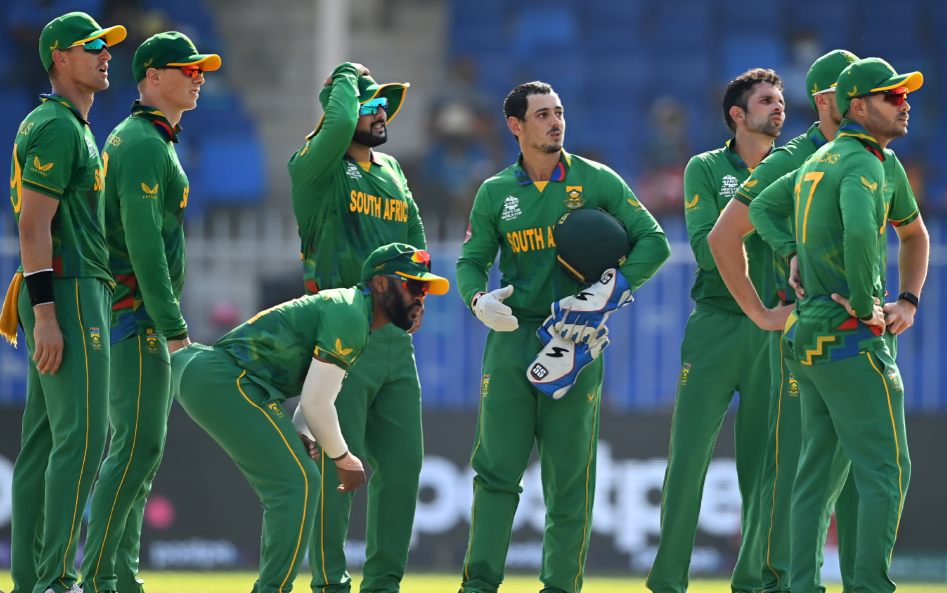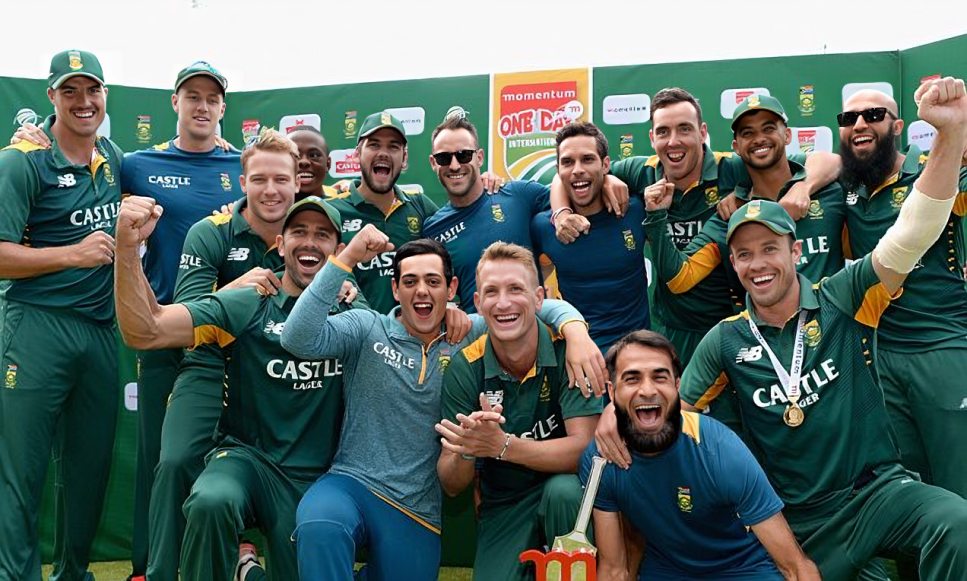The presence of white South African cricketers primarily reflects the country’s demographics and history. South Africa is home to diverse ethnic groups, including those of European descent who arrived during colonial times. Under British and Dutch colonial rule, white South Africans were introduced to cricket, and the sport developed within white communities. As a result, cricket became associated with the white population, especially under apartheid, which limited opportunities for non-white South Africans in many areas, including sports.

Since the end of apartheid, South African cricket has implemented policies to encourage greater racial diversity, aiming to represent the country’s population better. These policies, including quotas and transformation initiatives, are designed to support inclusivity, though it will take time for the effects to fully reshape representation across all levels. Today, South African cricket teams are more diverse, with increasing participation from non-white cricketers across domestic and international formats.

There are several reasons why many prominent South African cricketers have historically been white:
1. Colonial Influence:
Cricket was introduced to South Africa by British colonialists in the 19th century and was popularized within white communities, particularly among people of British and Dutch descent. This long-standing association with the colonial powers led cricket to be primarily played and supported by the white population.
2. Apartheid Policies:
During apartheid (1948-1994), strict segregation policies severely restricted non-white participation in many areas of South African society, including sports. Cricket facilities, coaching, and resources were concentrated within white communities, limiting opportunities for non-white athletes to excel in cricket.
3. Economic Disparities:
Due to the lingering effects of apartheid, economic disparities still exist, and cricket, as a traditionally resource-intensive sport, has continued to be more accessible to those in better-funded communities, often predominantly white. These disparities affect access to training facilities, professional coaching, and opportunities to advance through competitive leagues.
4. Transformation Policies:
Since the end of apartheid, South Africa has implemented policies to make cricket more inclusive and accessible to players from all backgrounds. This includes transformation targets, which aim to ensure a more racially balanced team. While these policies are helping, the effects are gradual, and white players still make up a significant portion of the established cricket infrastructure.
These factors combined have influenced the demographic makeup of South African cricket, but the sport is becoming increasingly representative of the country’s diversity.

